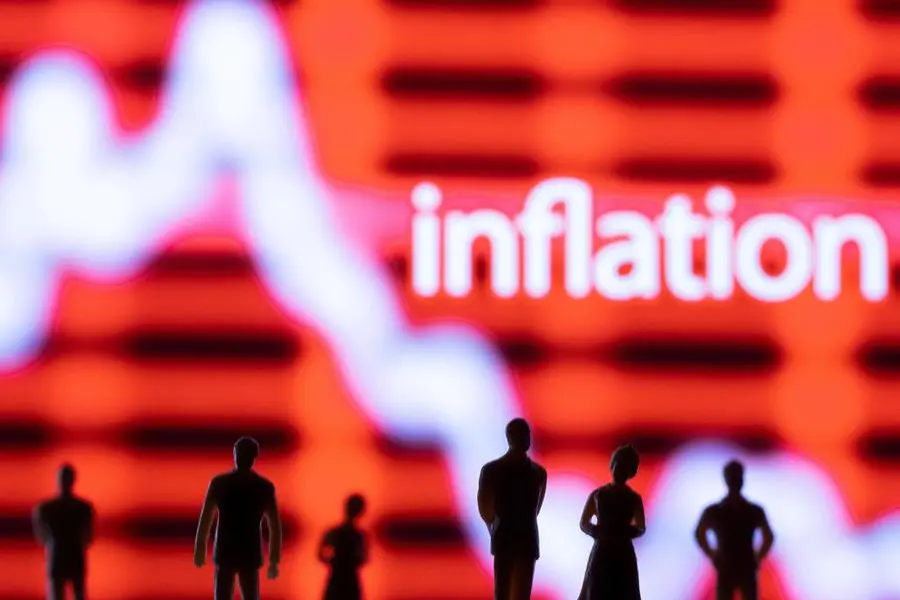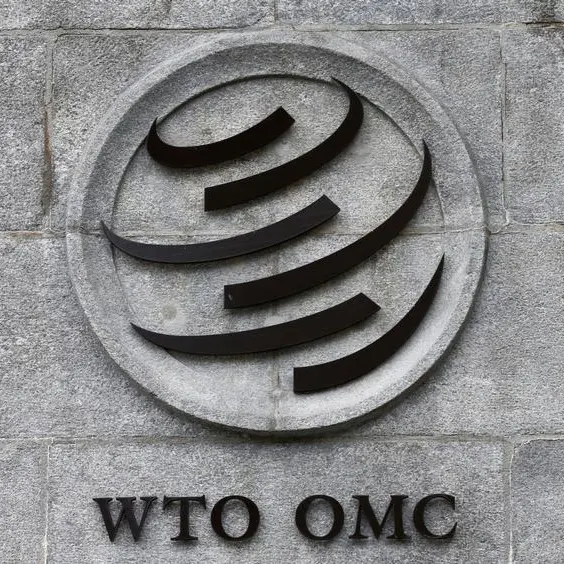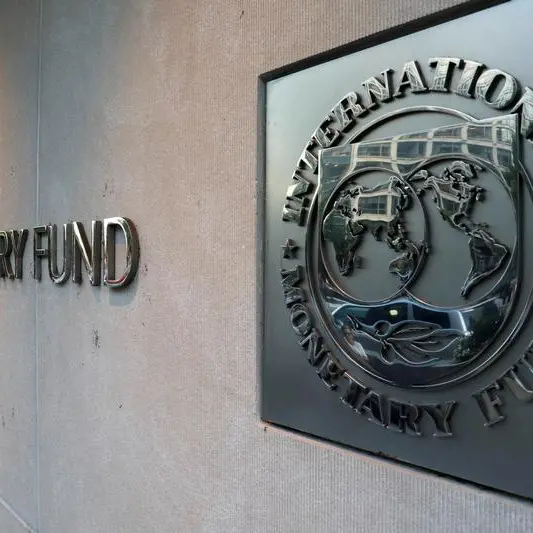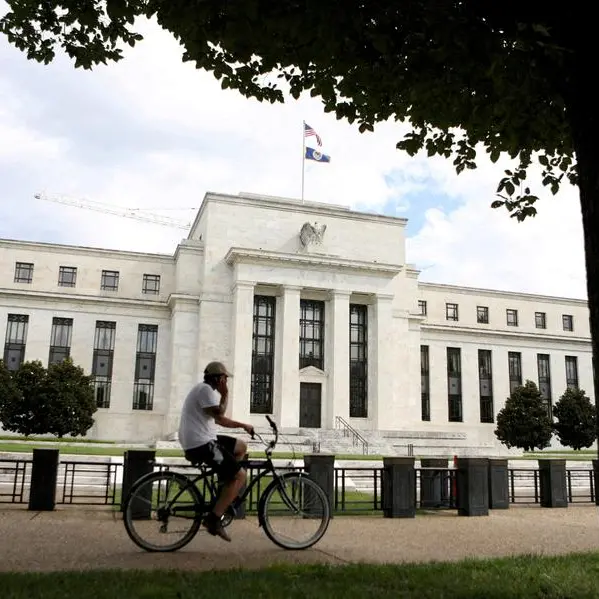PHOTO
LONDON: Persistent price rises by U.S. service sector businesses have underscored the stickiness of inflation and pushed back expectations for interest rate reductions in 2024, jeopardising hopes for a successful soft landing.
Traders now expect overnight interest rates to decline by 75 basis points before the end of the year, with the first cut not until May or probably June, after prices rose faster than expected in data published on February 13.
Traders had anticipated rates to fall as much as 150 basis points, with the first cut coming in March, as recently as a month ago, when expectations for a soft landing were at their most optimistic.
Persistent price rises should not have come as a surprise given evidence many businesses especially in the services sector still believe they have some scope to raise prices without harming revenues or profits.
U.S. consumer prices increased by 3.1% over the twelve months ending in January 2024, down from an increase of 9.0% at their peak over the twelve months ending in June 2022.
But there has been no significant or sustained slowdown in the all-items rate since mid-2023 indicating pricing power has stabilised since the worst of the business cycle slowdown in the second and third quarters of 2023.
Prices for merchandise and other commodities have been falling, but prices in the much-larger and more labour-intensive service sector have actually been rising faster.
Goods prices declined at an annualised rate of 3.0% over the three months ending in January, led by a fall in energy commodities at an annualised rate of 10.2%.
But services prices increased at an annualised rate of 6.5% in the three months ending in January and the rate had accelerated significantly from 3.6% over the three months ending May 2023.
Chartbook: U.S. service sector prices
Service sector price rises have been accelerating since the second quarter of 2023, coinciding with the recovery in service sector activity after a mid-cycle slowdown.
The Institute for Supply Management's (ISM) service sector purchasing index climbed to 53.4 (27th percentile for all months since 1997) in January 2024 up from a low of 51.0 (12th percentile) in May 2023.
Service sector firms report increasingly widespread increases in the prices they are paying for materials and services, often from each other.
The ISM service sector prices paid index climbed to 64.0 (72nd percentile) in January 2024 up from 56.2 (34th percentile) in May 2023.
In contrast to the goods sector, where raw materials, energy, and distribution make up a larger share of total costs, services businesses are more labour intensive and less exposed to competition from cheap imports.
Merchandise producers have benefited from falling costs as a result of the decline in energy and other input prices and the normalisation of supply chains since 2021/22.
But the impact has been much smaller in the service sector, where labour compensation costs have continued to escalate and there is less import competition.
Service sector prices are climbing more than twice as fast as before the coronavirus pandemic hit the economy in 2020.
Continued service sector price rises at this rate are not consistent with sharp interest rate reductions to stimulate more spending by consumers and businesses.
Some economists have argued the U.S. central bank should cut interest rates to a more “neutral” level from their current “restrictive” setting to ensure the soft landing of 2023 does not turn into a hard landing in 2024.
There are signs rate rises in 2022/23 have already had an impact on purchases of expensive, interest-rate sensitive items such as motor vehicles, especially for premium electric vehicles.
But there is no evidence in the service sector that rates are at all restrictive at the moment, with most businesses feeling able to raise prices rapidly.
Cutting rates rapidly risks entrenching faster price increases in the service sector, which explains why many policymakers have pushed back against the market narrative about early and aggressive reductions.
John Kemp is a Reuters market analyst. The views expressed are his own. Follow his commentary on X (Editing by Elaine Hardcastle)












